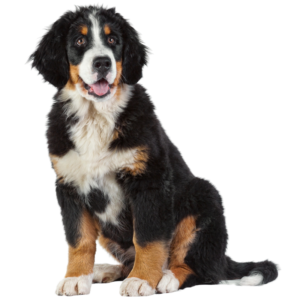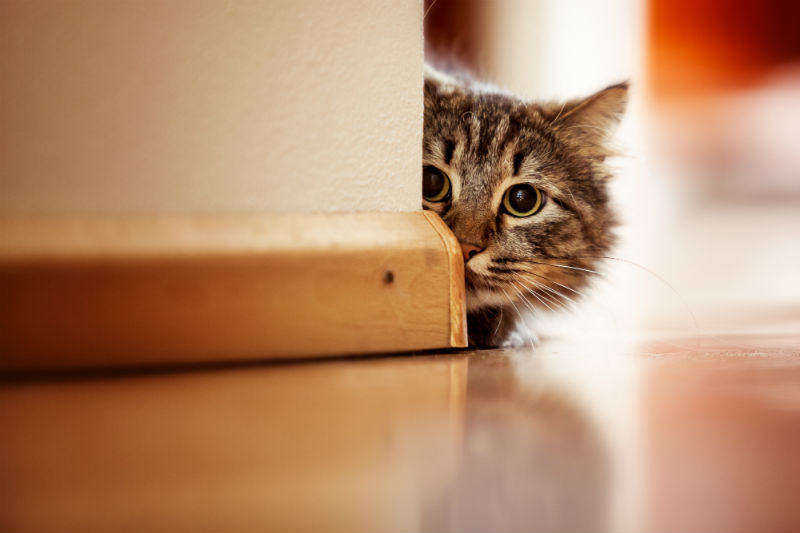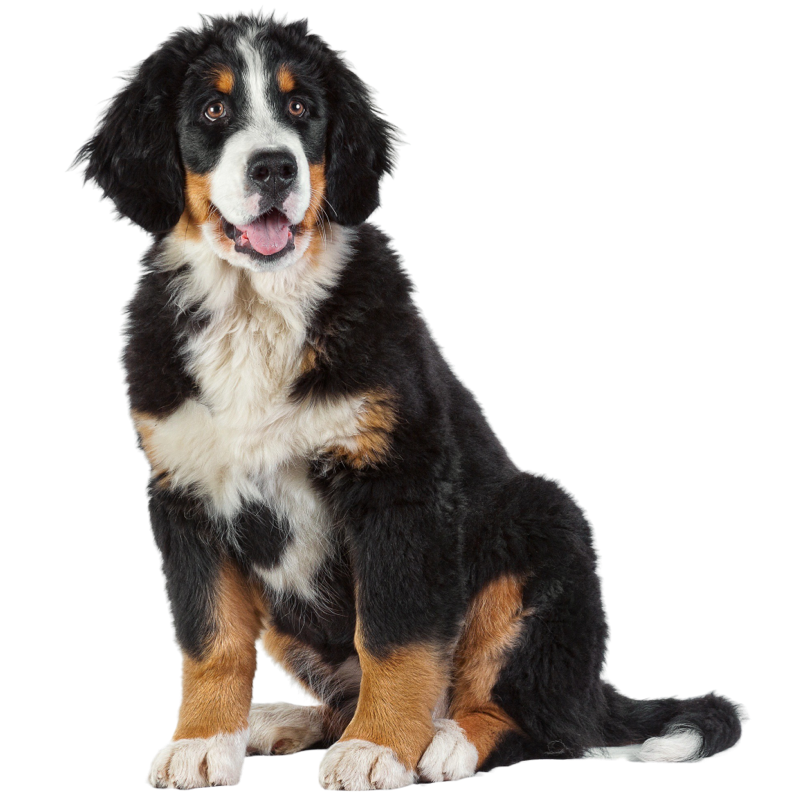There can be many hidden dangers in your home that could harm your pet, so it is essential to go through each room in your home and think from your pet’s perspective the things that might catch their interest that may be dangerous for them. By being proactive and vigilant beforehand, you can keep your pet safe and happy in your home.
Kitchen:
The most obvious danger in your kitchen is food that could make your pet sick. Some of the most dangerous foods include chocolate, avocado, grapes, raisins, macadamia nuts, onions, garlic, raw meat, coffee, alcohol, and xylitol (the sweetener used in sugar-free foods, especially gum). Keeping any human food out of reach for pets is essential. You can use childproof latches to keep paws from prying open cabinets. Keeping things off countertops that could be accessible to large dogs who like to counter surf, and especially cats which can quickly jump on counters and get into upper cupboards. It is also essential to make sure your pet isn’t getting into the garbage, which can also cause your pet to become sick. Items like string, cling wrap, and bones can cause intestinal obstructions in both cats and dogs. There are many pet- proof garbage cans available that make it almost impossible for your pet to root through the garbage. You can also put up a baby gate, if the setup of your home allows, to block off access to the kitchen.
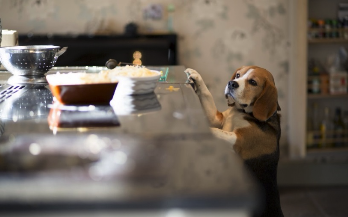
Bathrooms:
In bathrooms, the dangers are cleaners and chemicals used to clean the room. Keep medications, detergents, and chemicals on high shelves or in closed cabinets. Another important thing is to keep the toilet lid closed to prevent drowning or drinking of harmful cleaning chemicals.
Harmful products to keep out of reach are, toilet bowl cleaners, window cleaners, and drain cleaners. Also, make sure that pets aren’t getting into harmful things in the trash bin in the room.
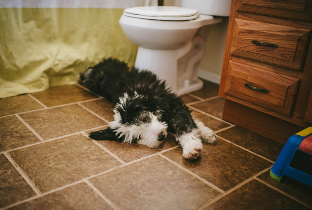
Main Living Areas:
In main living areas, check for and block off any small spaces, or nooks inside cabinets or behind washer/dryers. Move any hanging wires from lamps, televisions, stereos, and telephones out of reach. Put away children’s toys and games, that could ingest. Keep any breakable items out of reach that could be knocked by a cat. Keep common houseplants that may be poisonous out of range (Chrysanthemums, Azaleas, Lilies, Ivy, etc.). Make sure all heating and air vents have covers. Keep away all sewing items and crafts, especially needles and thread which are attractive to a lot of cats, but can cause intestinal obstructions and damage.
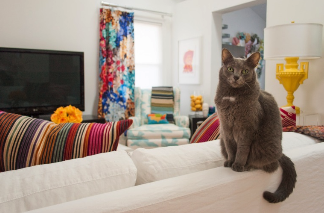
Bedrooms:
In bedrooms, keep any laundry and shoes behind closed doors (strings and buttons can cause a lot of problems if swallowed). Keep any medications, lotions, or cosmetics off accessible surfaces (like the bedside tables). Secure any bulky items that could fall from higher spaces (boxes on shelves, lamps/lights, etc.).
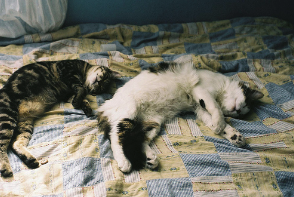
Garage + Basement: (Odds and Ends)
In areas like the garage or basement keep out of reach things like batteries, gasoline, and fuel. Move all chemicals to high shelves or behind secure doors. Keep machinery like table saws and sharp tools unplugged and out of reach. Clean all antifreeze from the floor and driveway, as one taste can be lethal to animals. Bang on your car hood to ensure that your cat (or any neighbourhood cat) has not hidden in the engine for warmth. Keep things like bikes and lawnmowers safely tucked away.
Written by Amanda Thomson, Animal Care Assistant

